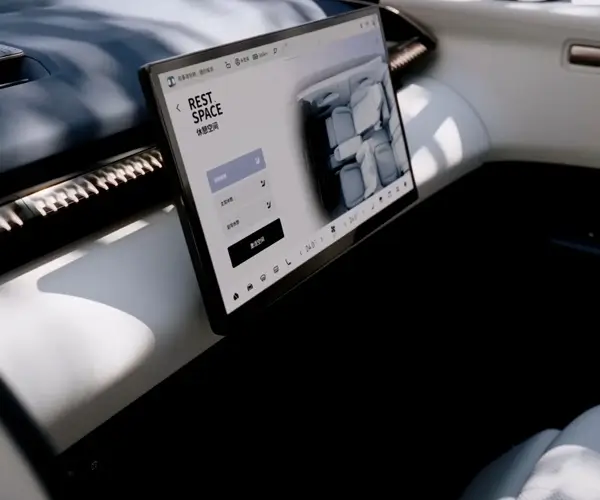Wiring a servo motor to an Arduino might seem a bit intimidating at first, but with the right steps, it can be a pretty straightforward process. If you're just getting started, don’t worry—this guide will walk you through everything you need to know to get your servo up and running. Let’s break it down.

Why Use a Servo Motor with Arduino?
Servo motors are great for projects that need precise control over rotational movement. Whether you're building a robotic arm, a camera mount, or any other automated mechanism, servos allow for exact positioning. You can control the angle of the servo motor with incredible precision, and with Arduino, it’s all in your hands.
Getting Started: What You Need
Before we dive into the wiring, let’s quickly look at what you’ll need:
- Arduino board (any version like Uno or Mega will work)
- Servo motor
- Jumper wires
- Breadboard (optional but helpful)
- Power source (can be the Arduino itself or an external power supply)
Got everything? Awesome. Let’s move on to the wiring.
Wiring the Servo Motor
First things first, the servo motor has three wires:
- Power (usually red)
- Ground (usually black or brown)
- Signal (usually yellow or orange)
Here’s how you connect them to the Arduino:
Power to 5V pin on Arduino: Connect the power wire (usually red) of the servo motor to the 5V pin on your Arduino board. This is where your servo will draw power from. If you’re using a powerful servo or several servos, you might need an external power supply, but for now, the Arduino should be enough.
Ground to GND: The ground wire (black or brown) should go to the GND (Ground) pin on the Arduino. This establishes a common ground between the servo and the Arduino.
Signal to PWM pin: The signal wire (yellow or orange) connects to one of the PWM pins on your Arduino. If you’re using an Arduino Uno, pins like 9, 10, or 11 are usually the ones to go for.
Once these three connections are made, you're ready to move on to the coding part.
Writing the Code
Now that your hardware is in place, let’s talk about programming the Arduino to control the servo. Here’s a simple snippet of code to get you started:
#include <Servo.h>
Servo myServo; // Create a servo object
void setup() {
myServo.attach(9); // Attach the servo to pin 9
}
void loop() {
myServo.write(90); // Move the servo to 90 degrees
delay(1000); // Wait for a second
myServo.write(0); // Move the servo to 0 degrees
delay(1000); // Wait for a second
}
This code tells the Arduino to rotate the servo between 0 and 90 degrees, pausing for a second in between. It’s a simple way to test if everything’s working as expected.
Common Problems and Fixes
While wiring a servo motor isn’t complicated, you might run into a few issues. Let’s tackle some of the common ones:
- Servo Not Moving: First, double-check that the wires are connected properly. Ensure that the signal wire is on a PWM-enabled pin and that the power and ground wires are secure.
- Servo Moving Erratically: If your servo is twitching or moving unpredictably, it could be a power issue. Make sure your Arduino is providing enough power, or consider using an external power supply.
- Arduino Freezing: Sometimes the Arduino might freeze if the servo tries to draw too much current. You can solve this by powering the servo separately from the Arduino or using a capacitor across the servo's power and ground wires.
Final Thoughts
Wiring a servo motor to an Arduino is not only a fantastic way to start learning about robotics and automation but also an incredibly rewarding experience. With the right connections and code, you can create all sorts of moving mechanisms for your projects. If you're new to this, just take it step by step, and you'll be in control in no time.
The flexibility and ease of use that Arduino offers make it the perfect platform for anyone looking to add motion to their creations. Whether you’re building a small DIY gadget or a larger robotic system, understanding how to wire a servo motor correctly is a key step toward bringing your ideas to life.
Established in 2005, Kpower has been dedicated to a professional compact motion unit manufacturer, headquartered in Dongguan, Guangdong Province, China. Leveraging innovations in modular drive technology, Kpower integrates high-performance motors, precision reducers, and multi-protocol control systems to provide efficient and customized smart drive system solutions. Kpower has delivered professional drive system solutions to over 500 enterprise clients globally with products covering various fields such as Smart Home Systems, Automatic Electronics, Robotics, Precision Agriculture, Drones, and Industrial Automation.




































